It is 3.50am Perth time. I am sitting up in my bed in the house that is our home, on a small farm near Esperance, Western Australia. I am up early to write before the sun comes up and the day starts for everyone else in the house.
‘Everyone else in the house’ includes a partner who is approaching retirement age, currently recovering for treatment from prostate cancer, and a 16-year-old who is the embodiment of the world’s future.
On the floor by my bed as I write is a pile of books: Luc Ferry’s ‘Learning to Live’ jostles for space alongside Rutger Bregman’s ‘Utopia for Realists’, and Johan Hari’s ‘Stolen Focus’. In my right ear is an air pod which is feeding me the calm, measured voice of Nate Regan, speaking about simplification. Which is ironic as our lives are currently as complicated as they can get.
In four hours, I will get into a petrol driven car and make my way on the South Coast Highway to one of my four jobs. Today it is work in a politician’s office, tomorrow is work in a natural resource management office. In the evening, during the school year, I work in a boarding house, supervising students learning away from home. Sometimes I also work for the local newspaper, contributing copy at below award pay just to keep the paper alive.
In between all that, I do as much as I can at home. Where my heart is. With the beef cattle and stock horses that we raise on pastures in the Dalyup River catchment.
Work is on my mind all of the time, but even more so in 2022 when pandemic related movement restrictions during the last two years have given us a taste of what it is like to not go to the workplace in a physical sense and prompted us to think collectively about our working futures.
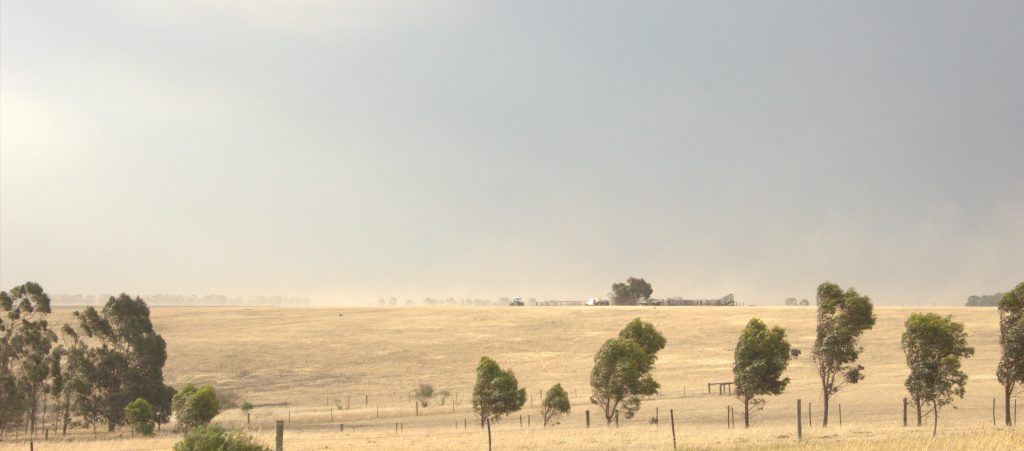
And I am tired. Tired of being both part of the existing economic system and being governed by it.
As a family, we are no different to others all over the world facing uncertain times exacerbated by war, colonial legacies, rocketing costs associated with living, Covid 19 and climate change.
But my partner has been away from home undergoing cancer treatment, and I have spent chunks of time with one home-schooled teenager, a small farm to run, and work commitments to meet in order to pay the mortgage. It is fair to say that “the end of work” is uppermost in my mind — for so many reasons.
We have always juggled on-farm work with off-farm work. This has been partly because farm jobs are a constant even if we need additional income to help ends meet, and partly because of the decision we made to home-school our children.
Now, with our farm sitting 35km from our nearest regional centre, decisions related to working off-farm are not just about the money we need to fill the income gap: they are about the cost of fuel, the impact driving to work will have on the environment and making the most of the time we have left.
Because my partner is ill, and we are both aging, we are having to think long and hard about our futures. Our farm is small and run using regenerative principles: our income is not huge. We are more vulnerable than larger operations with the buffer provided by bank finance and multi-million dollar incomes to compensate for multi-million dollar costs.
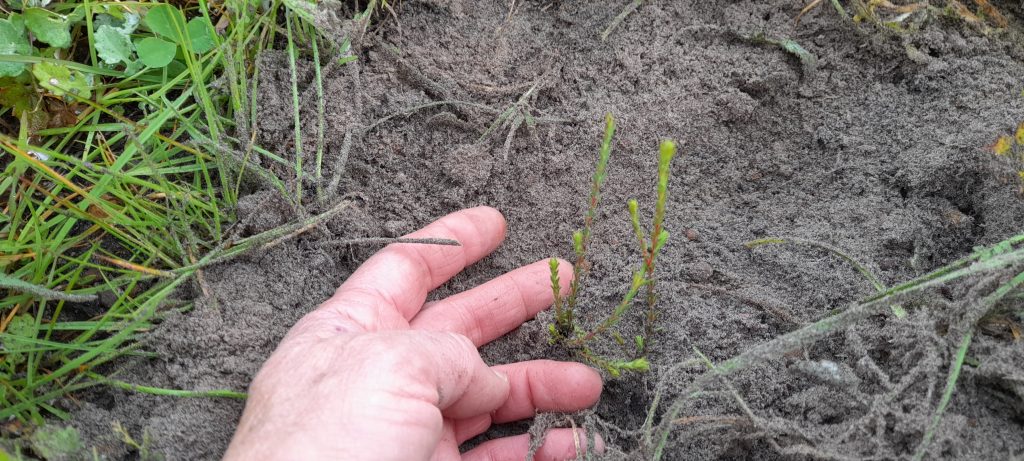
So right now, I am considering the options, and I know I am not alone. But a hint of what lies ahead lays behind us.
When we were much younger, we bought a small rural property near our hometown of Esperance, in Western Australia. We worked off farm while we lived the alternative lifestyle at home: one foot firmly in the system and shod for the office, the other foot, or feet, firmly on the land in wellington boots, splattered with cow and chicken manure.
It was when we became parents that we started to question even more deeply the economic system that defined who we were and what we could be. Here we were, with these precious young people in our care, full of energy, enthusiasm, curiosity and creativity, and we were about to participate in their homogenisation.
We tried to conform. For six months, our first born attended a small school as a pre-primary student, but she became pale, tired and unenthusiastic about learning. So we went “feral”: we bucked the system, sold our home and headed around Australia in a cattle truck with a canvas covered stock crate on its back. Our children said they reminded themselves of Laura Ingalls’ family in ‘Little House on the Prairie’.
During our 12 months on the road, the children wrote, draw, learned to salt fish and splashed in coastal pools and inland billabongs all over the country.
That journey changed our lives. We homeschooled our children from then until they left our care and started to carve their own places in the world. And in the process, we learned a little about what the end of work might look like.
While we were on our sabbatical, life was simple. We were able to live off the proceeds of the sale of our property, knowing we would have enough left to develop a new life when we returned to our base, wherever that may have been. The key was the lack of debt, and absence of ‘stuff’.
But when we did settle back down, faced with the ‘normal’ lives we had left behind, we had to rethink the parameters that governed us. We borrowed to build a new home and develop our small rural block of land, grew our food and built using recycled and scavenged material.
However, the disposable funds ran out and we had to return to work as most know it. My partner managed farms for large corporate businesses. While we were all in the same house, he was away during the days and our life changed from one that was child focused and simple to one that was work dominated and complex.
I wrote from home or travelled to work three days a week in town: at times, a return journey of 200km a day. And we continued to educate our children at home, but it was different. Our souls were not as content as they had been when we were in the stock crate, bathing in creeks and eating the salted fish.
Our decision to not work as much as we could have, with our combined full time hours varying between one ‘FTE’ and 1.5, enabled us to spend more time with our children, and eliminated dependence on child-care. But it cost us in the long-term. My superannuation fund balance is apparently not enough to enable me to live for long after retirement. We are facing the impact of lost wages sacrificed to wipe noses and change nappies.
And we are tired.
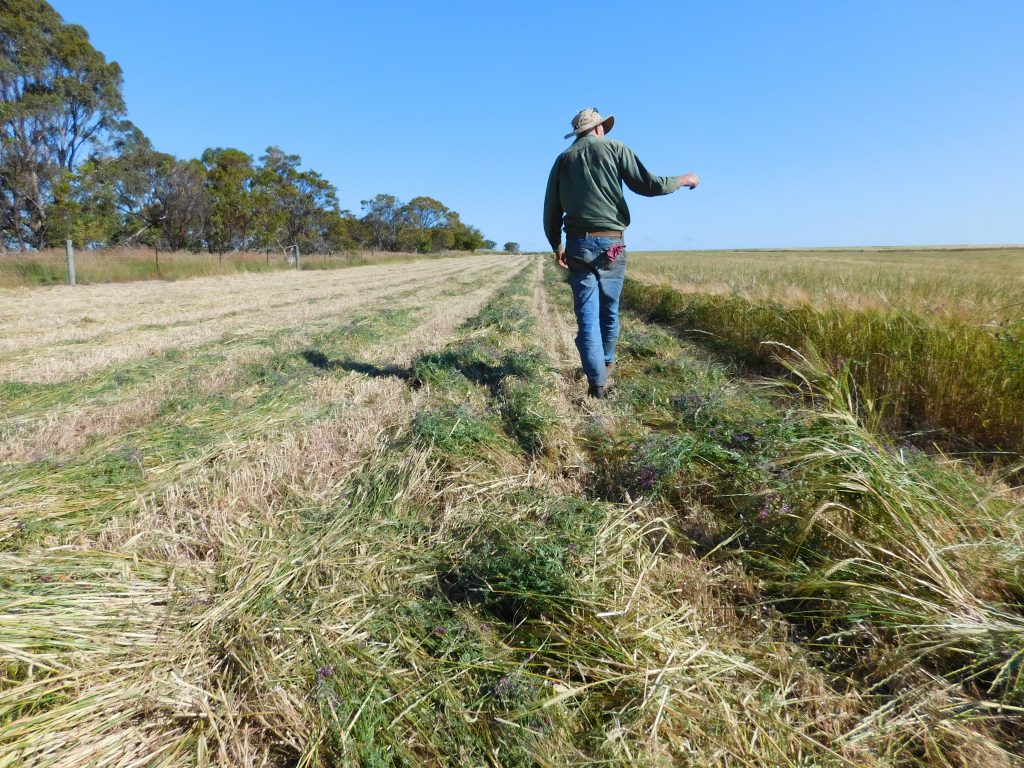
Our exhaustion should be balanced by the assets we have, but the mortgage hangs over our heads like a dark cloud, casting a shadow on days when the cost of living is rising at a staggering rate. The farm we live on feeds us and the cattle we grow on it feed other people, but at the same time our capacity to produce food is challenged by climate change: it is a tricky time for anyone to be alive.
When we should be considering retirement, we are more focused on work than ever. Life has never been as deliciously satisfying as it was during our time living in the back of that truck, when our needs were simple, and our work was simply living.
That time has passed, and now we wonder if the future of work is the current reality. Already, some of my off farm work is done from home, a luxury allowed by technology and encouraged by Covid 19, and our child already navigates a future that will be so different to that offered to us.
Homeschooled, he did not endure the Covid 19 lockdowns that stymied the education of so many children, but he is already the product of a generation and a time with a different view of work. He is acutely aware of the systemic constraints that will help or hinder his own journey through his own life. He is also aware of the need to balance his mental and physical health and income requirements. He knows already there is more to life than work, and that he needs to develop latent talents and find something he enjoys doing in order to be fulfilled. In this generation, wisdom comes early, it seems.
He knows that his soul must remain his own. Even at 16 years of age, he is aware of the dangers of selling himself short for the price of labour. While he savours life on the farm, with the long dog-accompanied walks in the morning and evening, he is also aware of the isolating impact rural and regional living can have. Being on the farm is uplifting, but also enabling entrapment. I know not what his working life will be, but it is to be hoped that he will be able to make choices that allow him to be who he is.
Over the years, I have come to realise how interlinked work is to the education of our children. One is the product of the other, with the formal education system designed to prepare people for employment in the post-Industrial Revolution workplace.
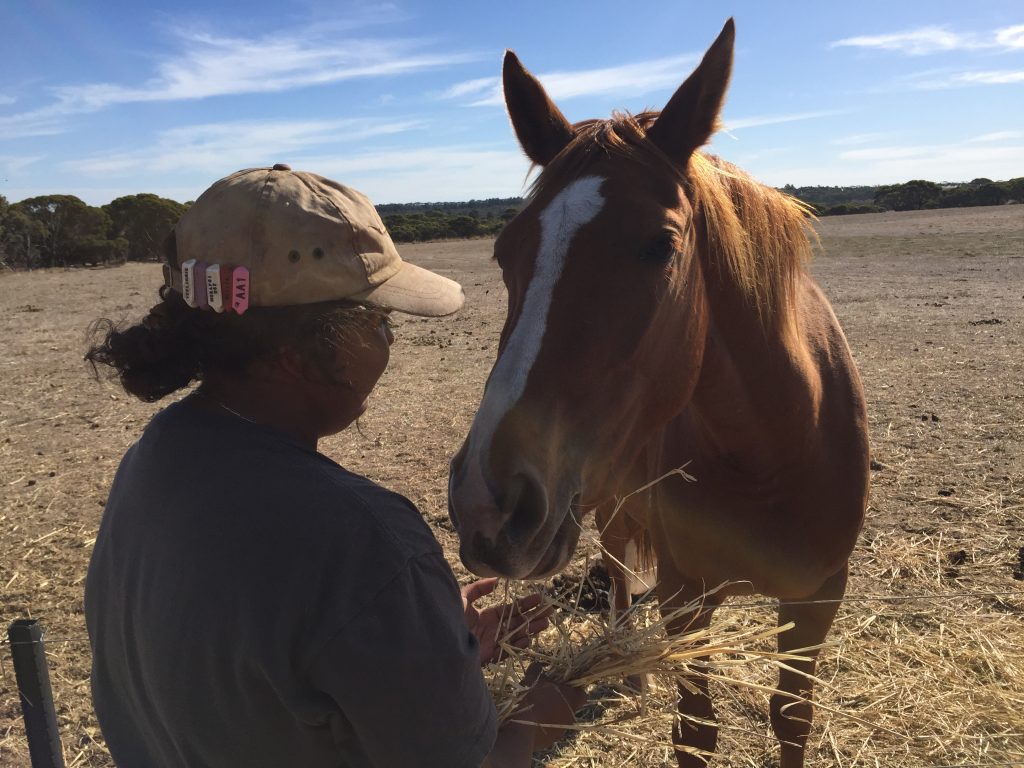
However, our experience with homeschooling showed us that a child does not have to become part of the machine that spits potential employees out at the end. While we may not be perfect parents or educators, we tried our hardest not to dampen their enthusiasm for learning and the process of work, and their sense of wonder at the world around them.
Years after disembarking from our truck home, we are now where we want to be, living on a farm in a spectacularly beautiful part of the world. Ideally we would pull up the drawbridge, flood the moat, live off eggs, and silver beet, while we tend to the livestock and spend our days making pickles and preserves. While that might be the best way for us, as a family, to deal with the outside world that is so fraught with looming disaster, work prevents us from doing so.
So what is our ‘end of work’?
The dilemmas we face in our quest to become self-sustaining food producers with a healthy farm and a strong connection with our community, sharing food and labour, are complicated by those faced when we work off farm. Is the work we do worthwhile? Does it align with our values? Is it sustainable, both in terms of our wellbeing and financial security? Does it include or acknowledge its original caretakers, the First Nations’ people so brutally dissected from the landscape? Indigenous Country and its cultural landscape?

Led by the past, we have decided to return to it. We are selling a portion of our land to one of our children. At a time when it is hard for young people to secure any form of housing, this will help her too.
With the reduction in our mortgage we will, with Nate Regan’s words ringing in my ears, be able to live more simply.
Though surrounded by much bigger farms, with machinery worth millions tilling soil that becomes weed free and incredibly productive, we are engaging in a simpler farming process on our land.
With our reduced income, we are using less to try and produce more. We are foregoing the quick fix chemical route in favour of products and practices that encourage healthy soil.
No longer using poisonous chemicals, we are walking more with a mattock in hand, chipping at weeds like wild radish and double gee prickles. We are walking with our cows as we rotate pastures, and we are savouring the sunsets as we traipse through the paddocks checking the growth of legumes that boost the soil’s health. We are planting trees as quickly as we can, and fencing them to protect them from livestock and allow them to provide habitat and encourage biodiversity.
But that is not enough.
When we first bought this land, it was showing all of the hallmarks of years of farming by people who did not understand it. Grey, dead trees stood in creek lines that were once focal points for healthy yate swamps; crusty, acidic smelling soils crunched underfoot in places where the salt-affected ground was crying out for relief from years of ploughing and planting.
Since then, we have planted thousands of trees, and shifted to a gentle cycle of grazing and cropping. Life has come back to the creeks that are now covered with samphire and saltbush, with yates trees happily regenerating alongside other species planted to prevent further damage to the land under our stewardship, and to the Dalyup River that ultimately suffers from all missteps.
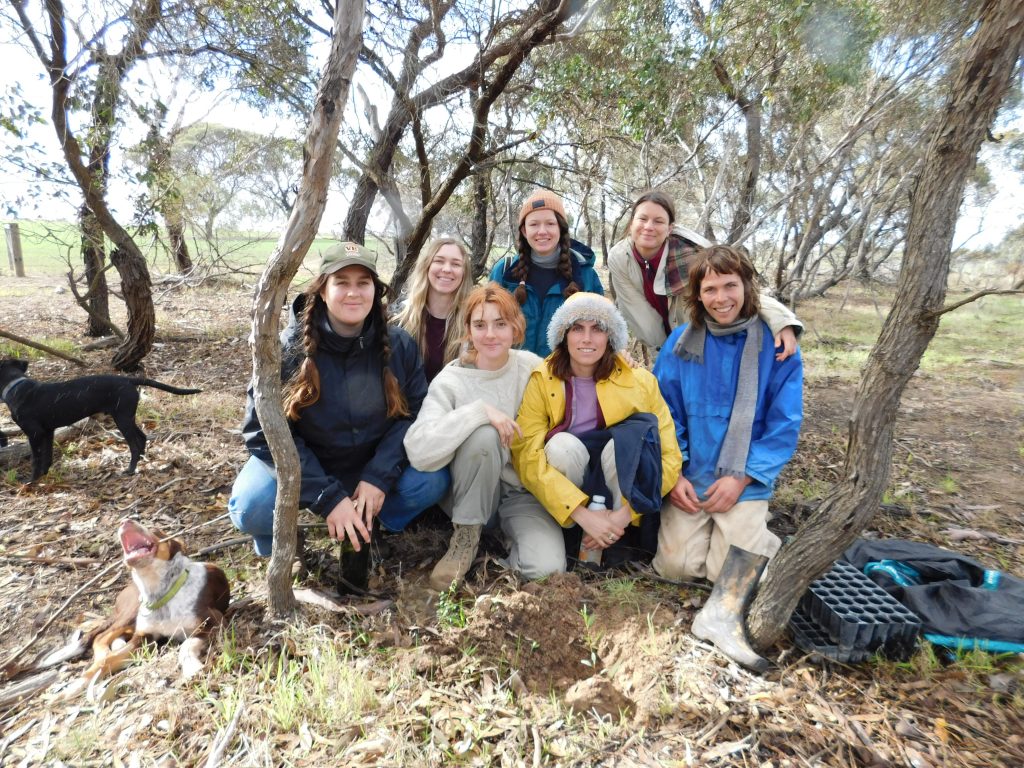
The work we do here is not finished. This is our real job, the reason for all of the other part-time, off-farm employment. This precious parcel of red-dirt, limestone encrusted country, healing after years of colonial abuse, is not really ours. That knowledge eats into my soul everyday.
As a child of immigrants, who moved to Australia from farmlands in the United Kingdom, I understand a little about the trauma of the loss of land. The Irish call where you are born ‘calf country’, the land you are born to and weaned from. Though I am deeply attached to this land, I empathise with those who were ripped from it. My heart still has a deep ache for the land we left, particularly the rolling farmland that hugged the sea in the South West of Scotland. This land reminds me of that place, so I understand why I feel so at home here. But it is not really my home.
Recently, the Dalyup River and the creek that runs into it from our property were listed as places of Cultural Significance to the local Wudjari Nyungar people, those who really own this land. Even more recently, Western Australia introduced the Aboriginal Cultural Heritage Bill 2021, hastily formulated in response to the tragic destruction of the Juukan Gorge.
Both of these processes have triggered responses in our community. Our neighbours fear that they will be unable to work on their bridges, structures that enable them to cross the river and access the outside world. And that they will need to ask for permission before they put a spade in the ground… such is the level of fear and distrust in terms of land ownership.
My partner spent many years of his early life working alongside Indigenous people in the Northern Territory, later helping to implement youth training programmes. My own limited experiences working with and near First Nations people has left me confused about how people can doubt how much harm has been done by our colonial system of domination and oppression.

For us, the fact that a portion of the land we look after is so special, recognised as a place that is home to the red-capped parrot and as a place of water, means a great deal. It also makes the efforts we have made to care for it seem even more worthwhile. Our work has value to those who really matter, even if land care is not recognised financially by our financiers.
And it provides us with a path for the future. We have children who will care for this land when we are no longer able to, and within their future is the exploration of paths that will include the First Owners of this land, and the work that they did to keep it well ages hence. In that light, there is a reason for the work we do now: it is all focused on healing this land, and undoing harm done.
And while dealing with this issue may seem like a quantum leap from talk of work, it is perhaps the most important focus of work that remains to be done.
When we spend less time working off farm to make ends meet, we will spend more time healing ourselves, and the land. And trying to connect with the past and truth of this land we walk on. Part of that process will include sharing with the people who lived here first, those who really belong here. Already we are working on this, simply by acknowledging that it was and is theirs—always.
At the end of our working lives, we are trying to return to our happiest place, where we found pleasure in living.
Dodie Henderson is a freelance writer who lives with her family on a farm near the Dalyup River, where they run Angus cattle and raise Australian Stock Horses. Though she grew up on farmland in the Western Australia’s wheatbelt, her family farmed in Scotland and England before making the journey to Australia decades ago. With a Masters in Sustainable Development behind her, Dodie now works as a journalist, as a researcher in a politician’s office and in education. But her happy place is on the land and working with Esperance based natural resource management teams and land care projects in an effort to help restore and preserve the natural world so damaged by unsympathetic policies of the past..
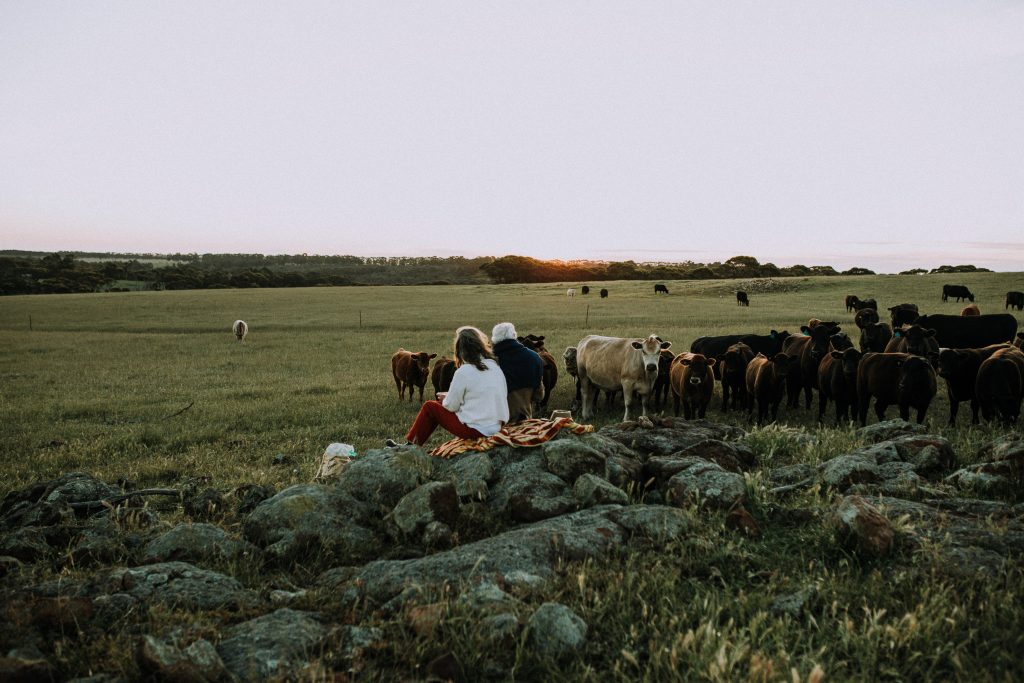
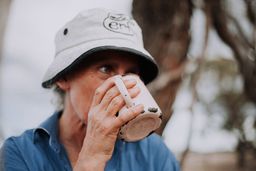
One thought on “The end of work. On a small farm near Esperance, Western Australia”